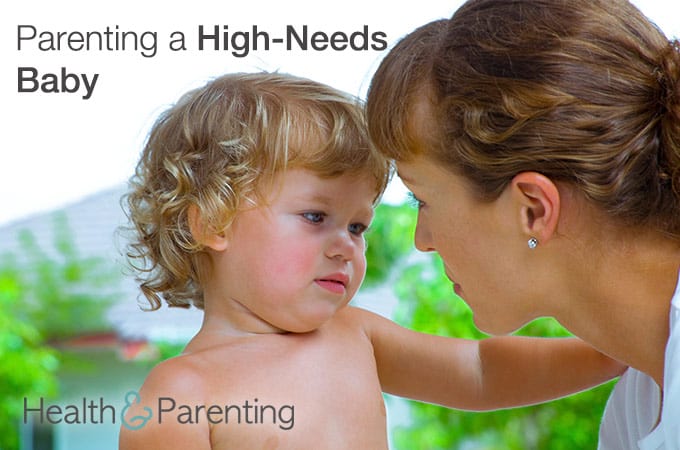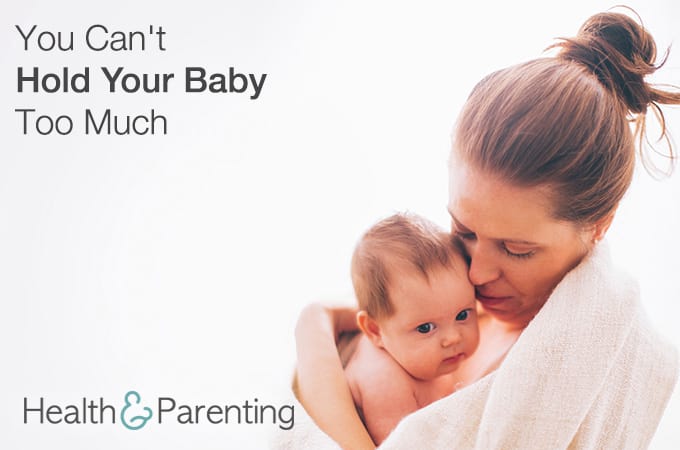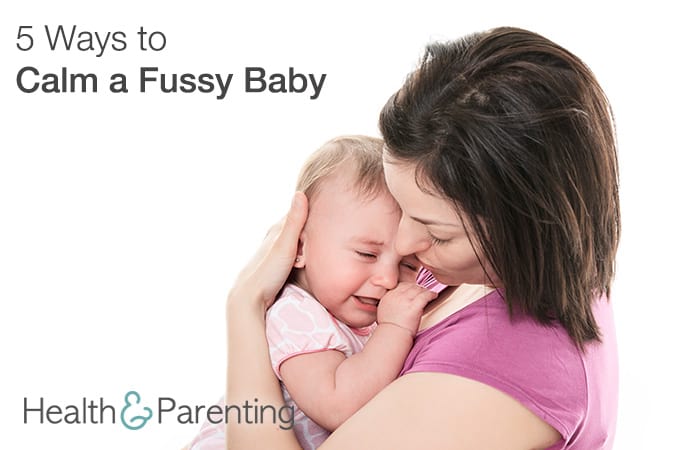Shaken Baby Syndrome (SBS) is a brain condition that occurs when a baby or young child is violently shaken. This typically happens when an adult is trying to stop the baby crying. Shaken Baby Syndrome is thought to affect between 600 and 1400 children each year in the US, though the true figure is not known.
Babies have weak neck and shoulder muscles, and are unable to fully support their heads for the first few months of life. During this time, babies are at an increased risk of SBS. If a baby is shaken, his head moves forwards and backwards, and the brain bangs against the skull. This can cause bleeding on and around the brain.
Injuries caused by SBS can include:
- blindness
- cerebral palsy
- brain damage
- seizures
- speech or learning disabilities
- paralysis
- deafness
For some babies, Shaken Baby Syndrome can be fatal. You should never shake a baby, and you should make sure that your baby’s other caregivers are aware of the importance of this rule.
What to do when your baby won’t stop crying
Your baby cries to communicate with you. Unfortunately, he’s unable to tell you exactly what he needs and so he relies on his loud cry to draw your attention to the fact that something is wrong. Hunger, discomfort, tiredness, gas and simply wanting a cuddle are all common reasons that babies cry.
A baby’s screams can reach 110 decibels, which is almost as loud as an ambulance siren. What may start off as a whimpering cry, can soon escalate if the baby cannot be soothed. For a parent suffering from exhaustion, loud cries can be very frustrating.
If you cannot stop your baby crying, and can feel yourself becoming frustrated, you should put your baby down somewhere safe, such as cot or car seat, and leave the room. This won’t stop your baby crying, but it will give you a few minutes to yourself. Put some music on, watch the television or use the vacuum to distract yourself from the sound of crying. Make sure you can still hear the crying in the background though, because if it stops suddenly, you’ll need to go and check on your baby. Use this time to calm down, breathe deeply and remember that your baby is just trying to communicate with you.
Once you are feeling calm, go back to your baby and try again. If your baby is still crying and you feel very stressed by it, call a nearby friend or family member and ask them to come over to help out.
Written by Fiona (@Fiona_Peacock), mother, writer and lover of all things baby related.
This information is not intended to replace the advice of a trained medical doctor. Health & Parenting Ltd disclaims any liability for the decisions you make based on this information, which is provided to you on a general information basis only and not as a substitute for personalized medical advice. All contents copyright © Health & Parenting Ltd 2018. All rights reserved.















